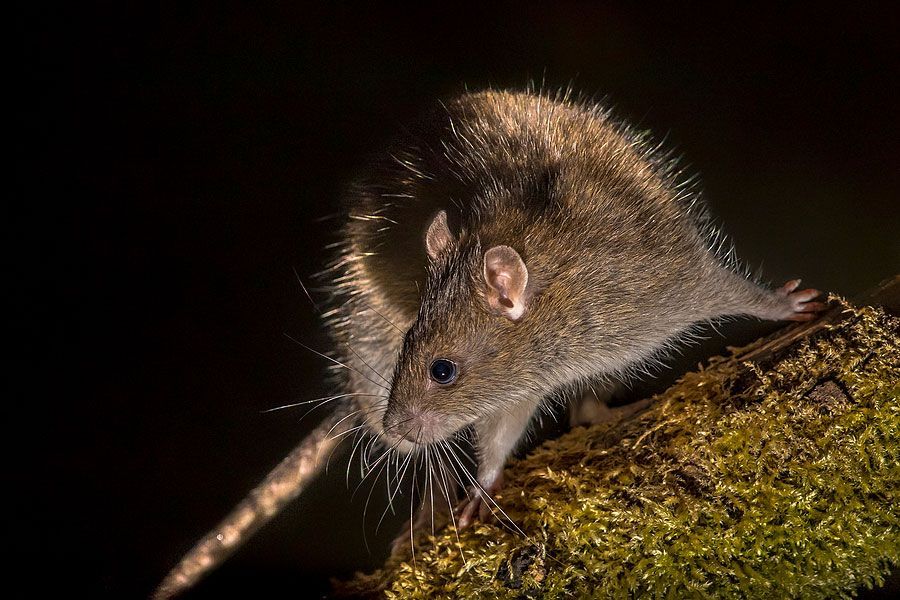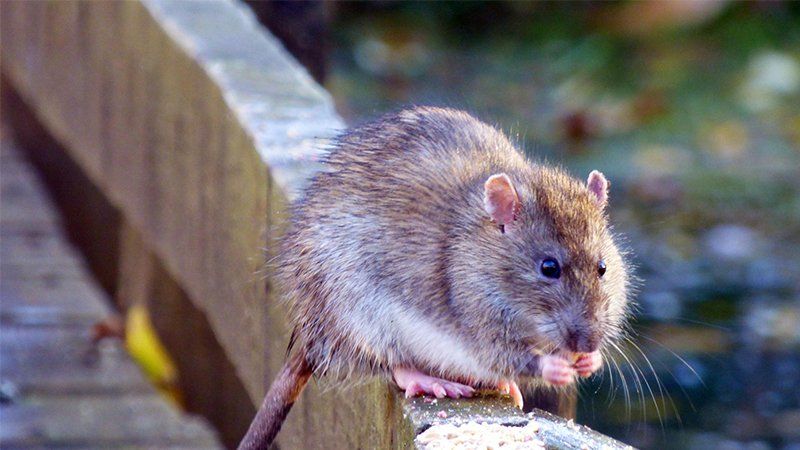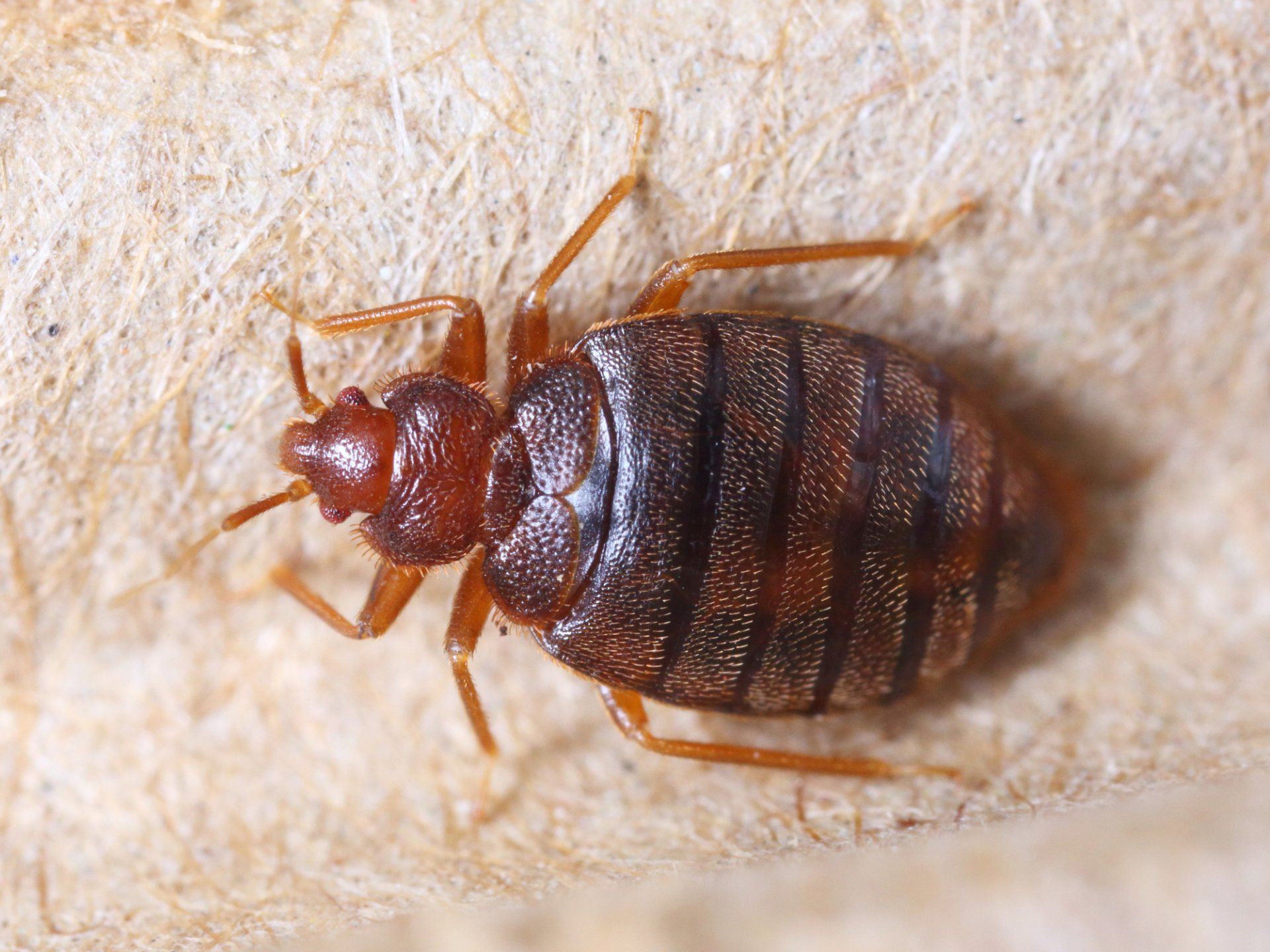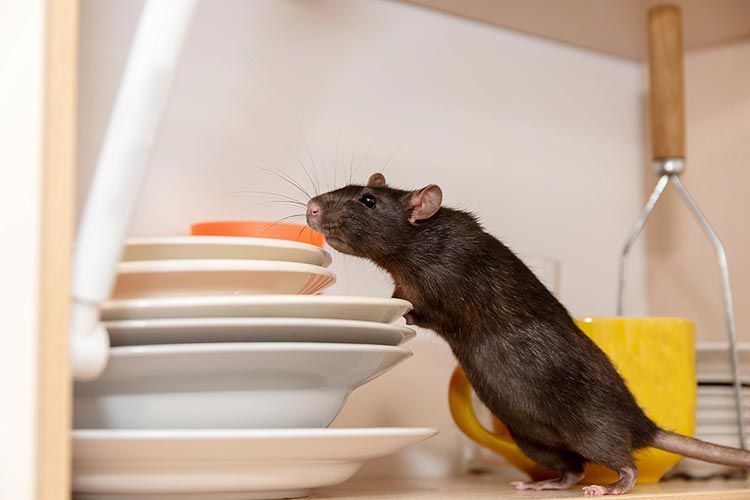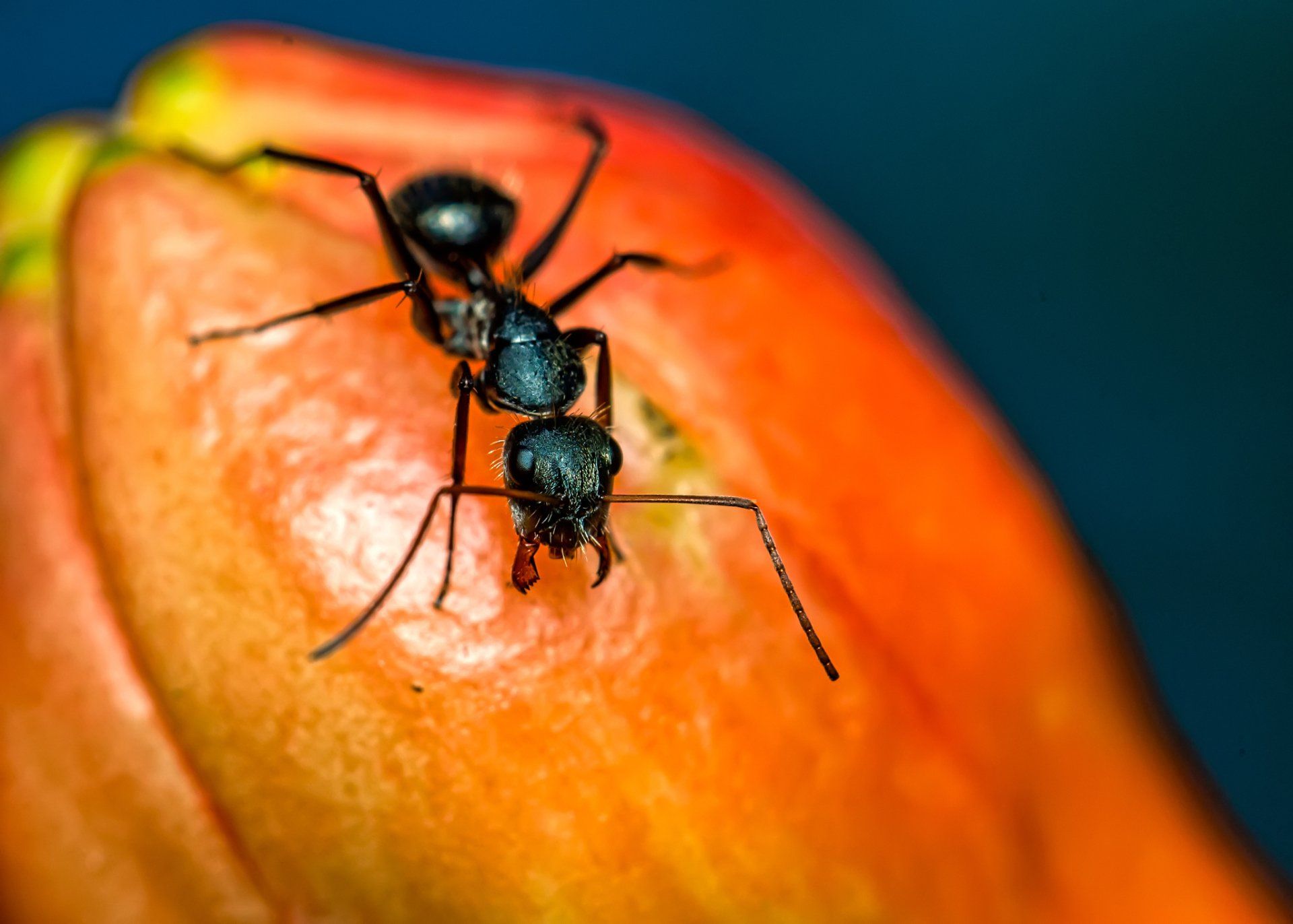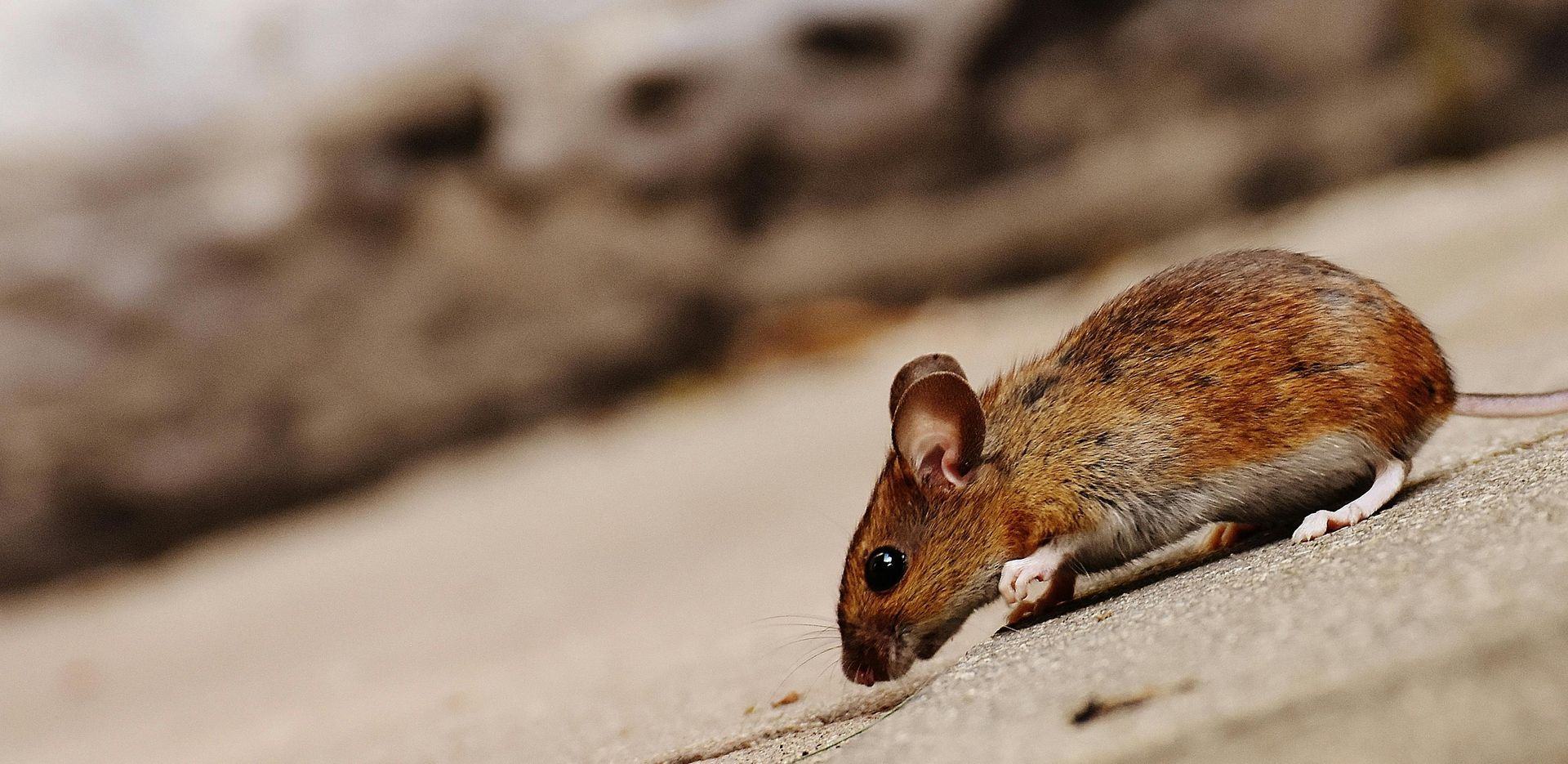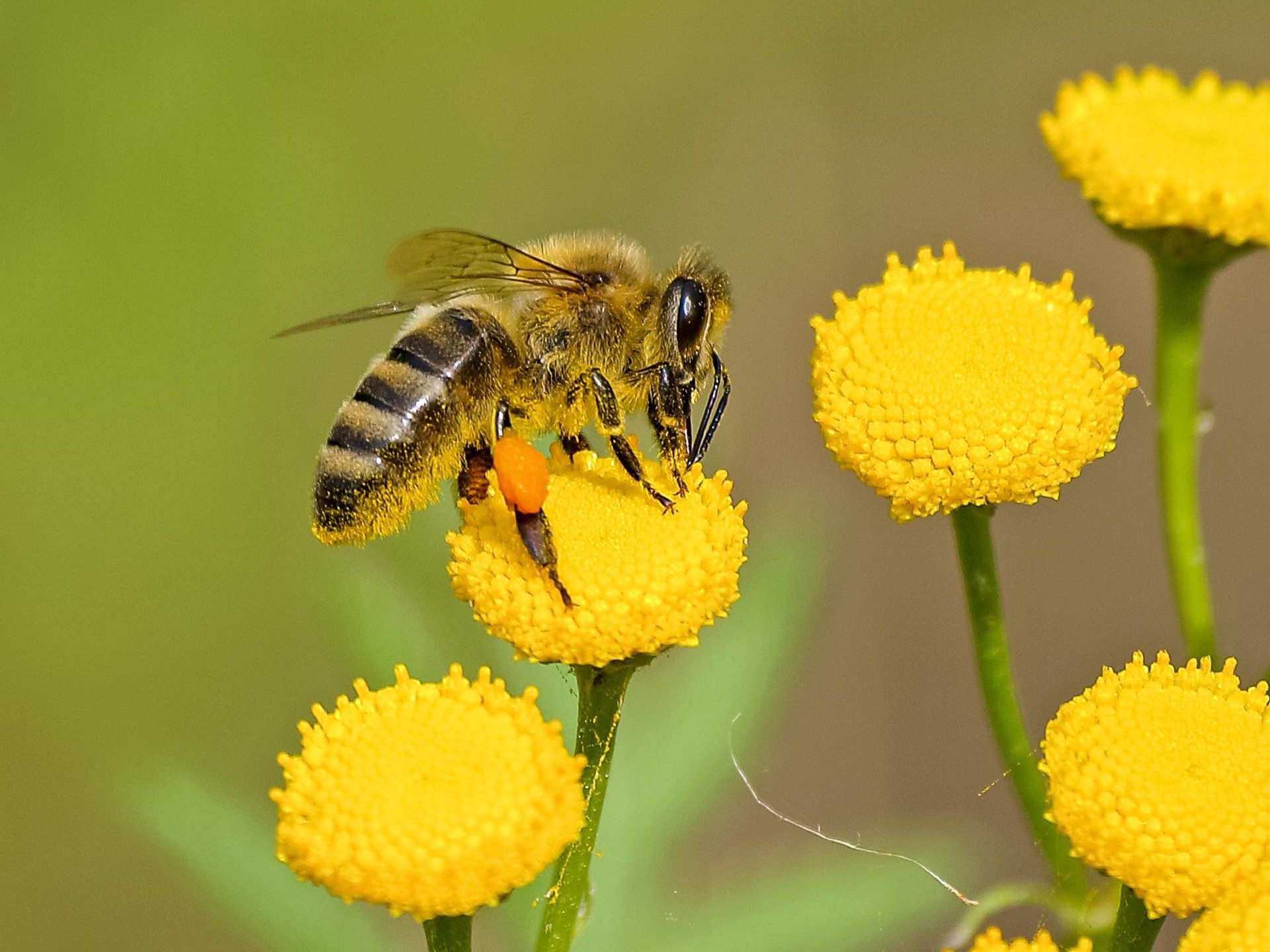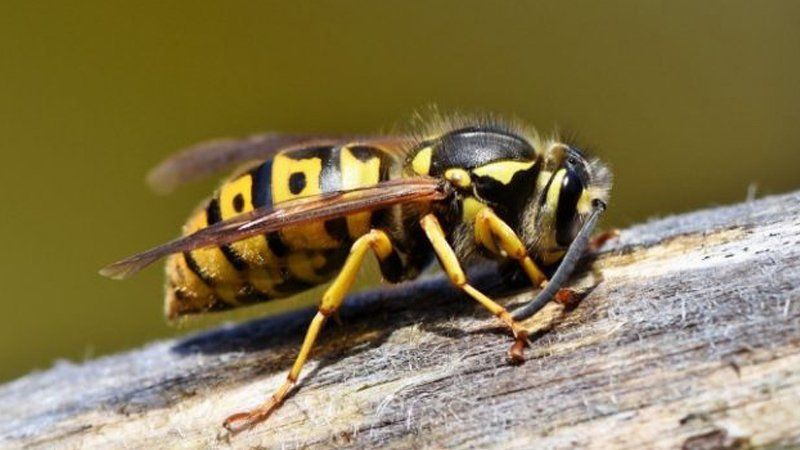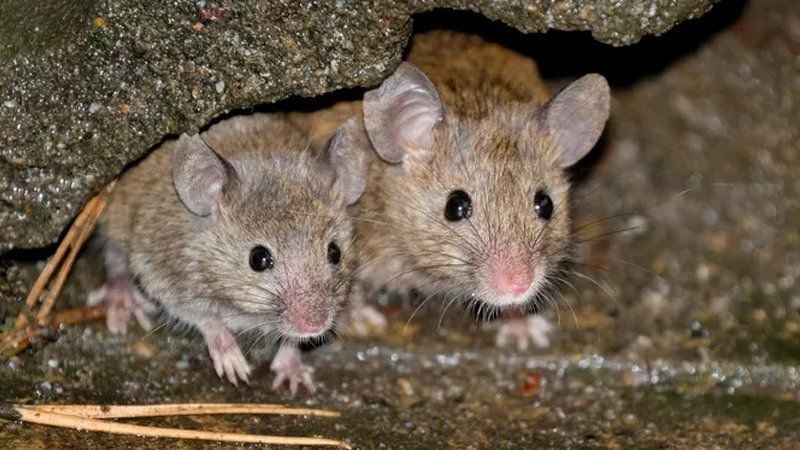What are the Most Common Flies Found in Homes?
Flies. They are tiny, buzzing creatures that can irritate and bother us in our homes.
Every year, we spend countless hours swatting at them or trying to shoo them out of the window, only for new ones to appear moments later.
But have you ever stopped to wonder why these pesky insects seem to always find their way into our houses? And what are the most common types of flies that invade our living spaces?
House Fly
The Common Housefly and the Lesser Housefly are the most prevalent household flies.
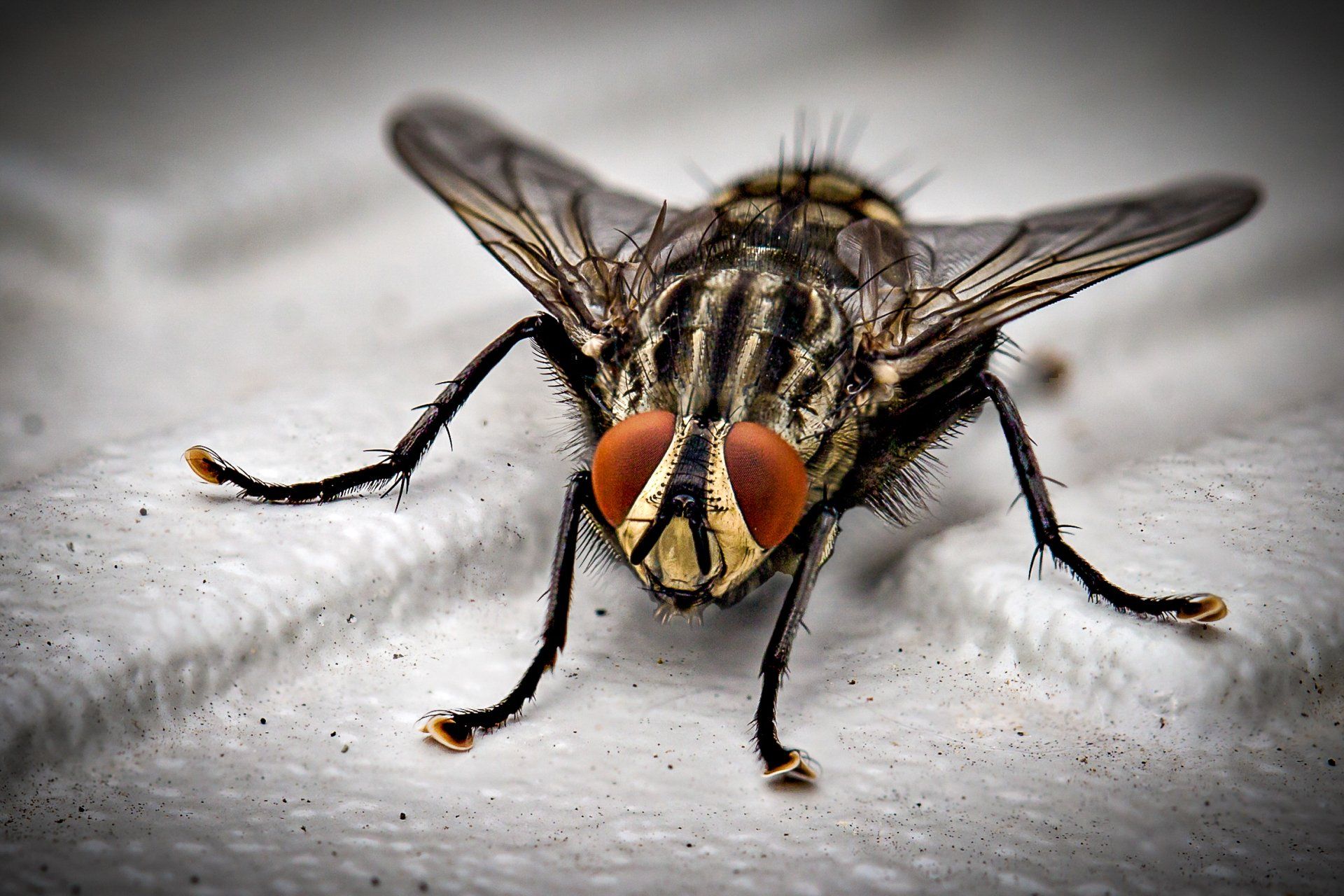
Adults measure 7-8mm in length, are grey with black stripes on their backs, and have a single pair of veined wings. Their large compound eyes dominate their heads, with females having wider-set eyes than males.
The smaller Lesser Housefly, scientifically known as Fannia canicularis, is often seen darting around light fixtures, making sudden turns mid-flight. Houseflies possess sticky pads on their six hairy feet, allowing them to walk upside down on ceilings or climb windows.
In warm weather, they complete their life cycle—egg, maggot, pupa, adult—in about a week. They lay eggs in batches of around 120 on decaying organic matter, and the legless white maggots burrow into this food until they are ready to pupate in loose soil or refuse.
Cluster Fly
These dark greyish flies are about 8mm long, featuring yellowish hairs on their backs and overlapping wings.
In autumn, they gather in large numbers in upper rooms or attics to hibernate, reemerging in spring to seek outdoor egg-laying sites. A group of cluster flies has a distinctive odour.
They are clumsy flyers and can be a nuisance indoors. Cluster flies tend to return to the same site year on year, this is helped by a pheromone which they leave behind undetected, to encourage the next years clutch of flies to come through. In most cases treatments can reduce numbers but not eradicate them fully, the use of a fly killing unit is most commonly used on this occasion.
Blow Fly
The term "Blow Fly" refers to several species of large buzzing flies, including the Bluebottle, Greenbottle, and Flesh Fly.
They are named for the belief that they “blow” their eggs or larvae onto exposed meats. These flies prefer sunlight and are attracted to meat or carrion, often found near garbage bins during hot summer months.
Fruit Fly
This family consists of very small flies, approximately 3mm in size, some with prominent red eyes.
They are known for their slow, hovering flight with their abdomens hanging down. Fruit flies are associated with decaying fruits and vegetables or fermenting liquids, and one species even breeds in sour milk left in forgotten bottles.
Should I be concerned about flies in my home or business?
It's normal to occasionally see a fly in your home, particularly during warmer months when windows and doors are open.
However, an increase in their numbers can indicate an underlying issue.
Except for biting flies, all species feed by vomiting saliva onto food surfaces and then sucking up the resulting liquid. This process contaminates the food with bacteria from their gut and feet, potentially spreading food borne illnesses such as food poisoning, dysentery, typhoid, or cholera in areas where these diseases exist. Flies may also carry eggs of parasitic worms.
How can I quickly eliminate flies? What prevents flies from entering?
If you're facing a severe fly problem, it's best to consult professionals who have the right training, tools and equipment for each situation.
They start by identifying the type of fly to determine the source of the problem. If the source is identified, it can be eliminated. In some cases, a fly control program may be necessary, which can include methods like fly traps, electric fly-killing units, and more.
Maintaining strict hygiene and promptly disposing of waste will help deter flies.
Keeping your gutters clean and free from debris can help keep them away from the home and paying particular attention to drains within your property such as sinks and bath.
Make sure they are cleaned out regularly and that there is no build-up of organic matter through the plug hole and into the pipes. Installing fly screens on windows, keeping food covered, and positioning dustbins away from doors and windows with tight-fitting lids can also be effective, ensuring that they stay clean also.
Fly killer aerosols can quickly eliminate small numbers of flies, and sticky fly papers are also available. Additionally, there are LED and ultraviolet electric fly killers suited for both residential and commercial use, available in various shapes and sizes depending on the fly species.
Consulting a Pest Professional like The Pest Master can provide tailored advice for your specific situation.
In summary, reach out to your local Pest Control Officer for assistance and guidance regarding your fly problem.
